

Dahlias are magnificent flowers that grow from tubers.
A short list of Dahlia facts
Name – Dahlia
Family – Asteraceae
Type – bulb plant
Height – 8 to 60 inches (20 to 150 cm) depending on the variety
Exposure – full sun
Soil – enriched ordinary soil
Flowering – June to October
Here is the advice on how to care for them to produce magnificent dahlias.
It is important to plant your dahlia correctly, since this step is crucial to your plant’s growth and flowering.
Preparing cuttings is the simplest, fastest, and most common planting technique to multiply your beautiful dahlia flowers.
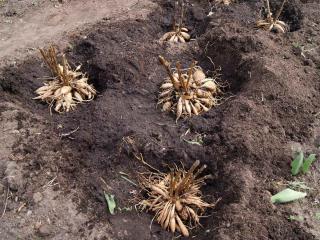 Dahlia bulbs are best planted during the months of April and May, when the last frosts are past.
Dahlia bulbs are best planted during the months of April and May, when the last frosts are past.If you feel that the soil in your garden is rather poor, enrich it upon planting with organic soil conditioner or compost.
It is perfectly possible to sow dahlias from seed, but this technique requires an extensive know-how that only true experts can master.
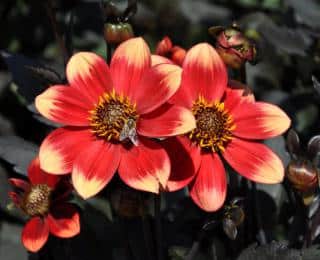 Once properly settled in, dahlias require very little care, even though certain practices will help extend or boost blooming.
Once properly settled in, dahlias require very little care, even though certain practices will help extend or boost blooming.
Dahlias are quite resilient, but appreciate being watered during extended dry spells.
Check that dahlia bulbs never get flooded or stand in stagnating water, since this would make them rot.
Well-drained soil guarantees that this kind of mishap doesn’t happen.
Dahlia blooms can be extended even until after summer is over, sometimes even until the end of October.
Although dahlia can spend the winter in the ground in mild-wintered areas, it can’t survive strong frost spells.
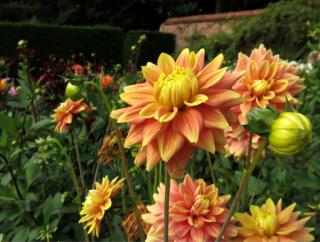 If you live in an area where the weather frequently drops below 23°F (-5°C), bringing your bulbs indoors before it freezes is your only hope.
If you live in an area where the weather frequently drops below 23°F (-5°C), bringing your bulbs indoors before it freezes is your only hope.
In other regions, protect your tubers with dead leaf mulch for instance.
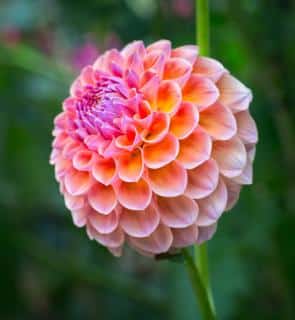 Native to Mexico, a dahlia is a bulbous plant that has evolved into several dozen species.
Native to Mexico, a dahlia is a bulbous plant that has evolved into several dozen species.
There are cactus and semi-cactus dahlia varieties, pompom or ball dahlias, ornamental dahlias, and collarette dahlias, that provide for dazzlingly varied shapes and colors.
This is a plant that comes in a wide variety of blooms!
Its long flower-bearing stems stand tall and true, and produce beautiful flowers with many colors.
Read also:
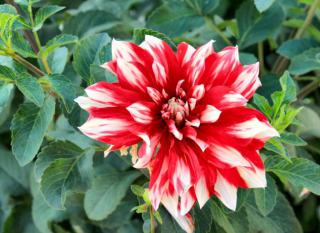 Among the many interesting dahlia cultivars, we’ve admired the following: ‘Aspen’, ‘Café au lait’, ‘Berliner kleene’, ‘Margareth kleene’, ‘Arabian night’, ‘bluesette’, ‘Deuil du roi Albert’, ‘Bishop of Llandaff’, dahlia ‘Bonesta’, dahlia ‘Chantal’…
Among the many interesting dahlia cultivars, we’ve admired the following: ‘Aspen’, ‘Café au lait’, ‘Berliner kleene’, ‘Margareth kleene’, ‘Arabian night’, ‘bluesette’, ‘Deuil du roi Albert’, ‘Bishop of Llandaff’, dahlia ‘Bonesta’, dahlia ‘Chantal’…
There are many more!
→ Read also:
When you’re planting it, add manure to the soil or any type of time-release organic fertilizer to enhance growth and blooming.